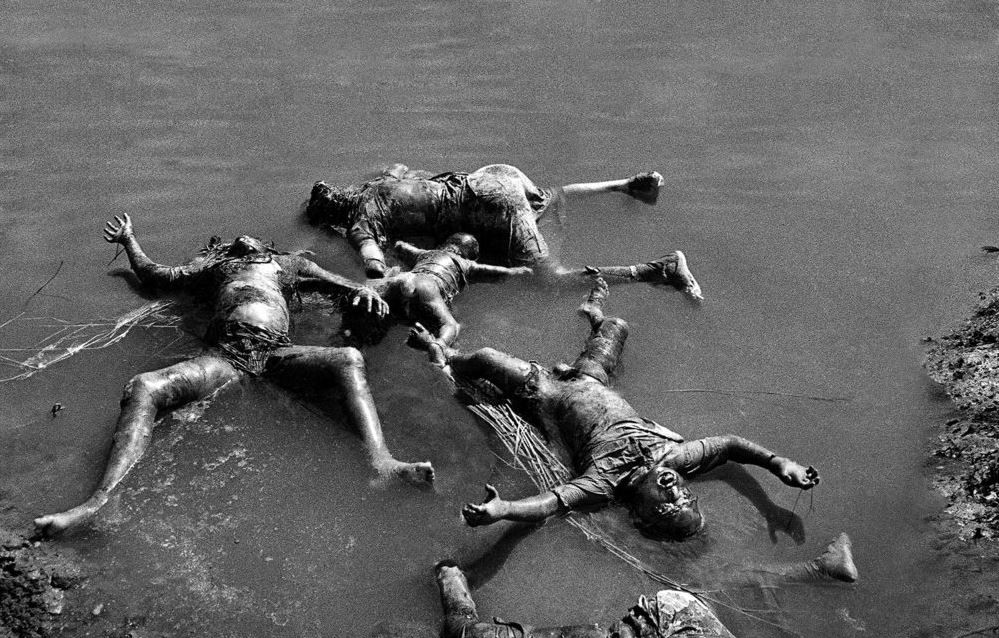OVERVIEW

The Bengali Hindu Genocide refers to the systematic extermination of the indigenous Bengali Hindu people of East Pakistan during the military regime (1958-71). The extermination was carried out by the successive martial law governments of Ayub Khan and Yahya Khan, reaching its peak during the Bangladesh Liberation War. It was effected through incarceration, confiscation of properties, forced exodus, massacres, genocidal rape, forced conversions and destruction of religious and cultural heritage.
The position of the Bengali Hindus as religious minorities in Pakistan was vulnerable from the very beginning. However, in spite of the recurrent persecutions the Bengali Hindus continued to survive under the democratic civilian government.
The situation became precarious with the advent of an authoritarian military regime in 1958. The Bengali Hindus began to be viewed not only as undesired infidels but also as the corrupting influence on the East Pakistan Muslims, leading to secessionist tendencies that posed a serious threat to the national integrity.
Thus began a decade of repression and tortures dotted with gruesome massacres under a virtual iron curtain. Millions of acres of Bengali Hindu owned cultivable lands and properties were confiscated by the regime under the draconian Enemy Property Act.
At the outbreak of the Bangladesh Liberation War, the West based military regime decided that it was time for the final solution. The junta planned to exterminate the Bengali Hindus in the East to eliminate East’s secessionist tendencies and achieve West’s numerical edge over East once and for all.